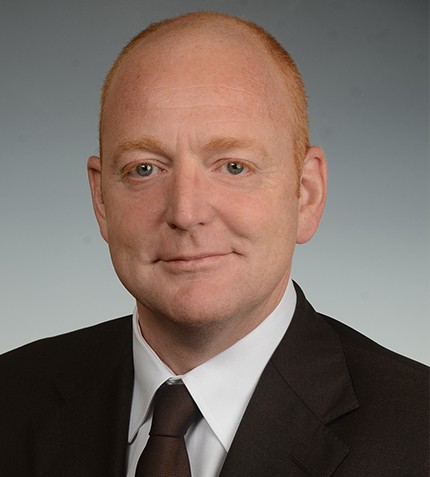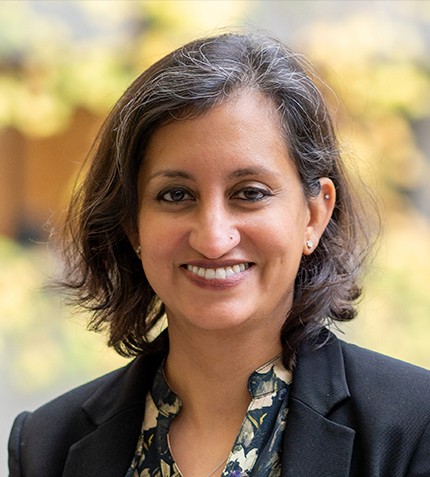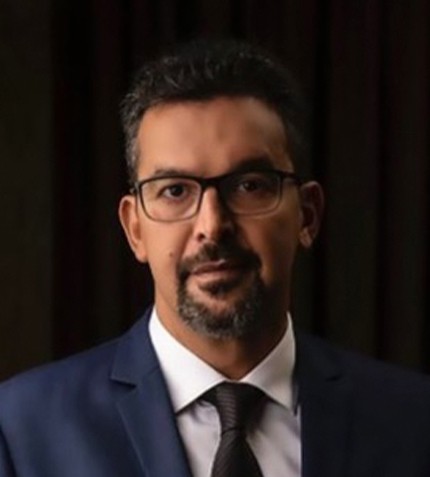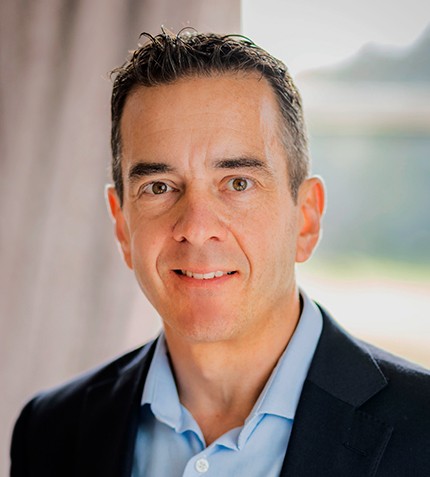
"Project Brenntag and our supply chain capabilities have certainly supported us, providing a clear focus between our different businesses and specializations to grow in the pharma and life science markets."
Lars Schneider
PRESIDENT OF BRENNTAG SPECIALTIES, AMERICAS– BRENNTAG NORTH AMERICA, INC
What are the main initiatives that Brenntag has been involved in within the US pharma space over the past year?
The pharma and biopharma industries constitute key markets and segments for Brenntag. We have invested in our technical teams and resources to better understand our customers’ needs. This also included operational investments into value-added services such as Pharma and Life Science conform custom packaging and blending as well as the expansion of our product portfolio for the industry.
More broadly, we launched our internal transformation process we call “Project Brenntag” about a year ago to further enhance our value offering to our customers and suppliers. With this, we formed two business units (Essentials and Specialties) under the Brenntag roof. Within our Specialties business unit we have formed various focus industries which allowed us to fully leverage our technical capabilities and provide a deep and specialized offering to our customers. We have also invested strongly in our supply chain by augmenting our technological and logistical capacities to further develop our strong logistic network and forecasting and replenishment capabilities.
Lastly, we will continue to develop our business organically as well as continue our search for impactful acquisitions.
Which products do you see as key drivers of the company’s growth within the pharma sector?
We see a solid demand across the board, which starts from the process chemical side, solvents, but more specifically raw ingredients, excipients, actives, and the attending services. For us it is important to be able to provide the ingredients to an entire formulation under strict and consistent quality and regulatory assurances. This also holds true for any value-added services, such as packaging and blending.
Brenntag reported a 19.6% increase in its operating gross profit in 2021. What factors were responsible for this growth and how do you view the US market evolving?
Project Brenntag and our supply chain capabilities have certainly supported us, providing a clear focus between our different businesses and specializations to grow in the pharma and life science markets.
Additionally, we have a global key account team serving the needs of several major pharma companies for whom we have tailored projects to address their needs. Beside the product and service offering in combination with reducing complexity on the customer’s side, we are able to tailor and guarantee a global consistent quality assurance, which is clearly critical in the pharma space, due to our global footprint and set-up.
Last year, you received an award from Water for People and appointment to the non-profit’s leadership council. How has your commitment to sustainability impacted the company’s operations?
We have developed a brand new ESG strategy that considers our whole value chain from our suppliers, our own operations and also the products that we offer our customers. It entails not only reducing the CO₂ emissions, but also other aspects such as supporting diversity, equity and inclusion of more sustainable products like biobased or recycled materials. Recently, Dr. Andreas Kicherer has joined our global management team as Vice President Sustainability for Brenntag Group.
Some of the projects include optimizing the supply chain of customers and suppliers with the impact of CO₂ reduction or building a supplier base that in its majority maintains a sustainability program, as well as introducing green energy and circular economy into our processes. For example, we have committed ourselves to 100 % green electricity by 2025.
We do not rely on our self-assessment in this important field of ensuring a future for us and the ones to come but have been the first chemical distributor to join the UN Global Compact; we are member of the “Together for Sustainability” program and are being audited by Ecovadis on an annual basis, where we continue to hold gold status and achieve above industry ratings across various external sustainability review programs.
This allows for us to contribute to our society and community and hence, as management and employees, we are proud to be part of organizations such as “Water for People” anf various food-bank projects, among many others.
What are most important US pharma initiatives for Brenntag for 2022?
We aim to constantly grow our team of technical experts and our pharma dedicated service capabilities, ensuring quality compliance and consistency on the documentary side, as well as our USP and Good Manufacturing Practices (GMP) compliant services. Finally, we intend to remain well informed of industry trends, from emerging dosage forms in the biopharma space to advances in the supplement subsector, in order to support our customers with formulation and registration.










